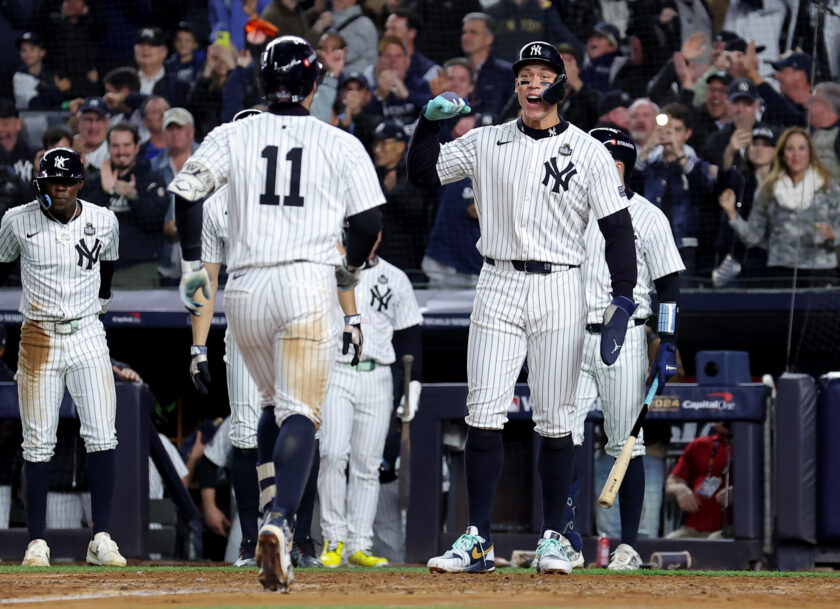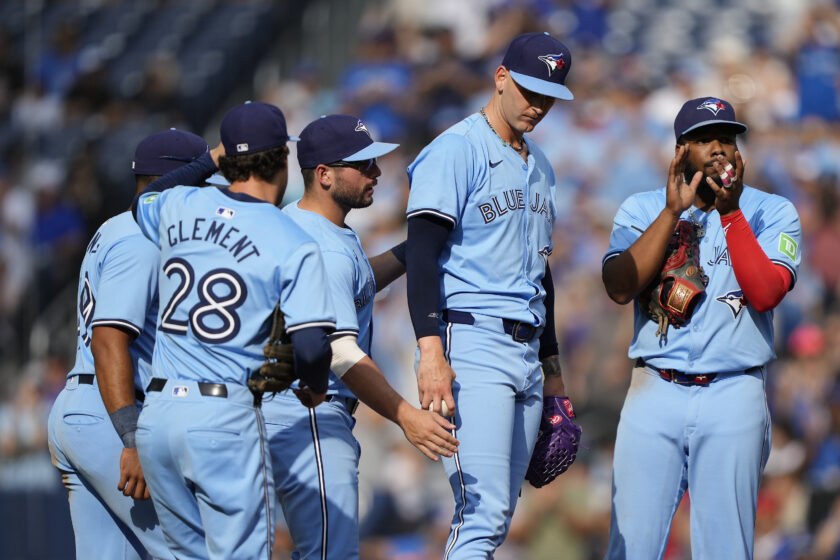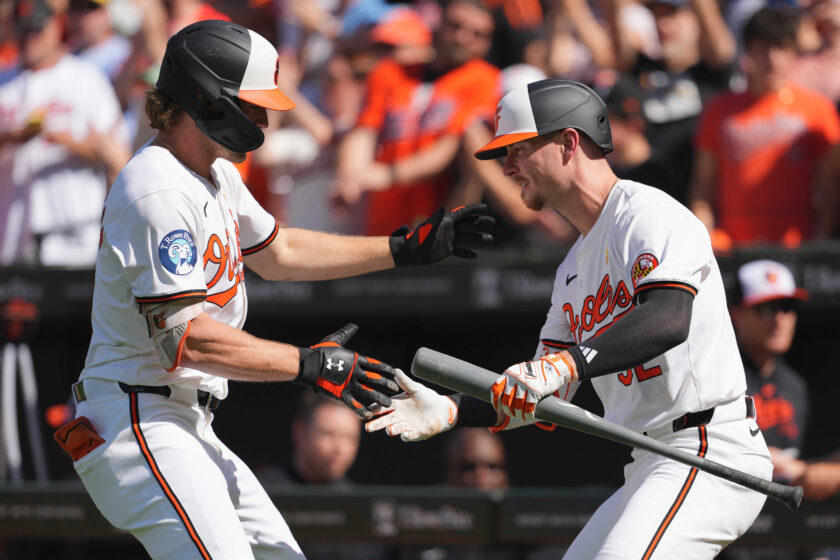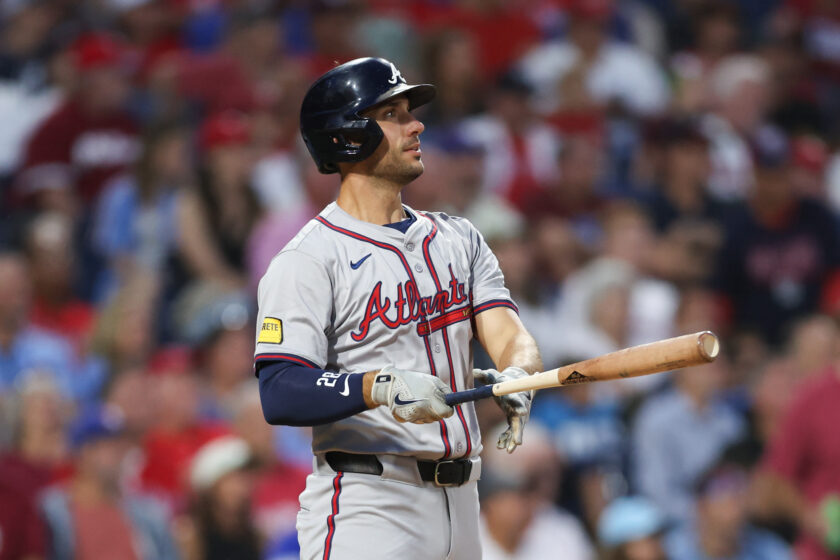Does Major League Baseball need its own Rooney Rule?
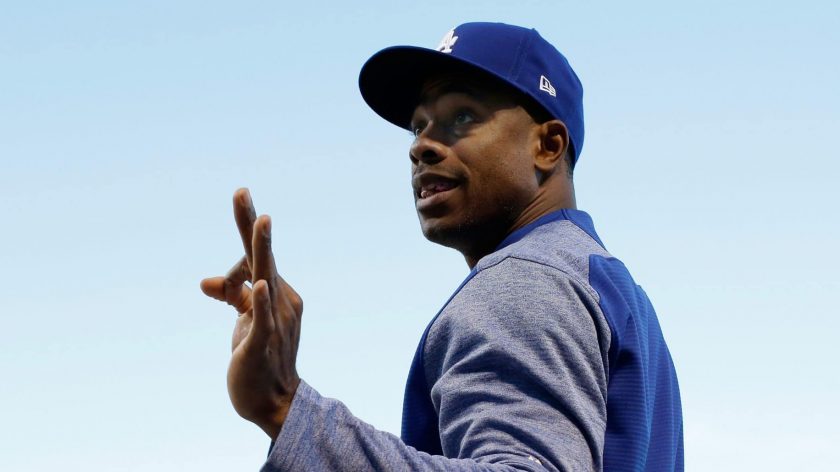
With the number of African-Americans in the sport already dwindling, MLB needs to be better about encouraging diversity and inclusiveness.
[sc name=”josh-benjamin-banner” ]Sports are meant to be diverse and we all know it.
We see it right in front of our faces. The NBA’s global outreach is seen everywhere from the league’s annual draft to the Olympics to even the collegiate ranks. NFL players come from various walks of life, some with stories more unique than others. The NHL attracts an international crowd as well, and young Black players like New York Rangers rookie K’Andre Miller are expanding their collective presence in the sport.
Major League Baseball, on the other hand, is an altogether different situation. Yes, MLB features players from all around the world and truly is a global game. Just look at the World Baseball Classic, without which fans wouldn’t be able to see blossoming baseball programs from Brazil, the Netherlands, and even China.
But that isn’t enough, even with the prominent number of Latino players in MLB. There’s a bigger problem: African-American athletes are moving away from the sport in droves.
We’ll get to the numbers later, but consider this: currently, there are no Black general managers. Only two Black managers are currently employed by MLB teams: Dusty Baker of the Houston Astros and Dave Roberts of the reigning World Series champion Los Angeles Dodgers.
Not that MLB is blatantly racist or prejudiced, but something needs to change. Jump-starting the system is needed, which poses our question for the day:
Does baseball need its own Rooney Rule?
The Rooney Rule explained
First, a quick background. The Rooney Rule, named after late Pittsburgh Steelers owner Dan Rooney, is an NFL policy that requires teams to interview minority candidates for head coaching vacancies as well as other senior positions. This rule has been in place since 2003, and results have generally been mixed in terms of hires.
But it’s important to note, the Rooney Rule does not require teams to hire minority coaches, just interview them as candidates. Even with the terms of it expanded recently, a great report from ESPN’s Jason Reid in The Undefeated shows how much work there still is to be done.
Mind you, this isn’t to say MLB is grossly behind in terms of diversity. There have been several Latino managers throughout baseball history. Former Seattle Mariners and Texas Rangers skipper Don Wakamatsu is of Japanese-American descent and was MLB’s first Asian-American manager. The last three World Series champions have managers who are either Black or Latino.
Additionally, the head of the MLBPA, Tony Clark, is a Black man.
But even in a global game, there’s still work to be done. Baseball needs to up its outreach to African-Americans, and fast.
Dwindling presence
Look at it this way. Mark Armour and Daniel R. Levitt of SABR did a deep dive and looked at MLB rosters from 1947-2016. In each year over that stretch, they looked at what percentage of players were African-American. The figure started at 0.9% in 1947, and peaked at 18.7% in 1981. African-Americans then made up between 16-18% of MLB players for the next 15 years, and their presence in baseball has gradually declined since.
In 2020, as Bob Nightengale of USA Today reported over the summer, African-Americans made up just 7.8% of players. It just so happens one of those men, Los Angeles Dodgers outfielder Mookie Betts, is one of the most beloved players in baseball. He even took home the 2018 AL MVP trophy after a truly remarkable season for the Boston Red Sox.
But who was the last Black player to win that same award prior to Betts? We have to go all the way back to 1997, when Hall of Famer Ken Griffey Jr. won it with the Seattle Mariners. That season. African-Americans made up 15% of MLB players, just under half of the current percentage in the league.
Furthermore, how many Black players have been named MVP since Griffey? A mere six, and one of them in Barry Bonds has a controversial legacy.
Whether or not MLB needs a Rooney Rule in terms of hiring coaches or signing players, it’s crystal clear that baseball is failing to attract more African-Americans.
Privilege still exists
So what can MLB do to address this? Well, canned statements supporting Black Lives Matter and how the players have the league’s full support in protesting during the National Anthem aren’t the answer. Though a nice gesture, they don’t really signify any action towards creating a more welcoming environment for Black players.
Rather, maybe simply acknowledging white privilege and how it often works against Black players, coaches, and even executives is the right start. In fact, both of MLB’s New York teams provide textbook examples of how white privilege is rampant in baseball.
Let’s start with the New York Yankees. We all love manager Aaron Boone despite his issues with bullpen management, but think back to when the team actually hired him. He was a former player who spent years doing color commentary for ESPN, but had no coaching or managing experience.
Boone’s co-finalist for the job was Hensley Meulens, a Black man from Curaçao who won three World Series rings as a San Francisco Giants coach. Meulens also managed the Netherlands in the last two World Baseball Classics and speaks five languages. With baseball growing more international every year, this is a great skill for a manager to have.
Boone got the job and a three-year contract, and is about to enter his fourth season in the Bronx. Meulens, meanwhile, was the New York Mets’ bench coach last year and is now looking for his next job.
Speaking of the Mets, they’re not innocent either. They interviewed Billy Owens, a Black man and longtime Oakland A’s executive, for their general manager’s job. Instead, the job went to a white man in Jared Porter, and we all know what happened there.
The point
Let me make one thing perfectly clear. I do not believe MLB is overtly racist. Baseball has done a great job of becoming a more global game this century, and adding a Rooney Rule for some hiring or interviewing purposes doesn’t seem necessary. Not yet, at least.
But that doesn’t take away from the fact that when it comes to African-Americans and their interest in the sport, Major League Baseball is failing miserably. This is a systemic problem that can only be changed from within. In a 2017 interview with Jeff Passan, then of Yahoo Sports, former MLB outfielder Adam Jones remarked, “The decisions made in baseball are white-made decisions,” and he’s absolutely right.
Final thoughts
So what can be done? The answer isn’t a Rooney Rule for drafting Black or minority players, because teams can just draft someone in the later rounds before eventually moving on from him without consequence. Rather, people need to heed Jones’ words and confront the problem head-on. For whatever reason, be it the people in charge at the top or something else entirely, MLB is failing at making Blacks feel welcome in the league.
All this to say that after a long, hard look, it’s clear some sort of Rooney Rule is required in baseball. Specifically, at the executive level. There aren’t nearly enough people of color in significant executive positions making even more significant decisions that could wind up changing the game for the better. New Miami Marlins general manager Kim Ng is a step forward, but one hire alone doesn’t fix a problem.
I am a straight white man. I grew up comfortably and never was a victim of racism, be it blatant or systemic. People like me need to be better about how we discuss race, even if it means having long, uncomfortable conversations.
MLB is no exception and now has two choices. It can either take that long, draining look at itself and admit there is indeed a problem that needs fixing, or risk continuing to lose African-American players and fans.
Commissioner Manfred, your move.
Josh Benjamin has been a staff writer at ESNY since 2018. He has had opinions about everything, especially the Yankees and Knicks. He co-hosts the “Bleacher Creatures” podcast and is always looking for new pieces of sports history to uncover, usually with a Yankee Tavern chicken parm sub in hand.

